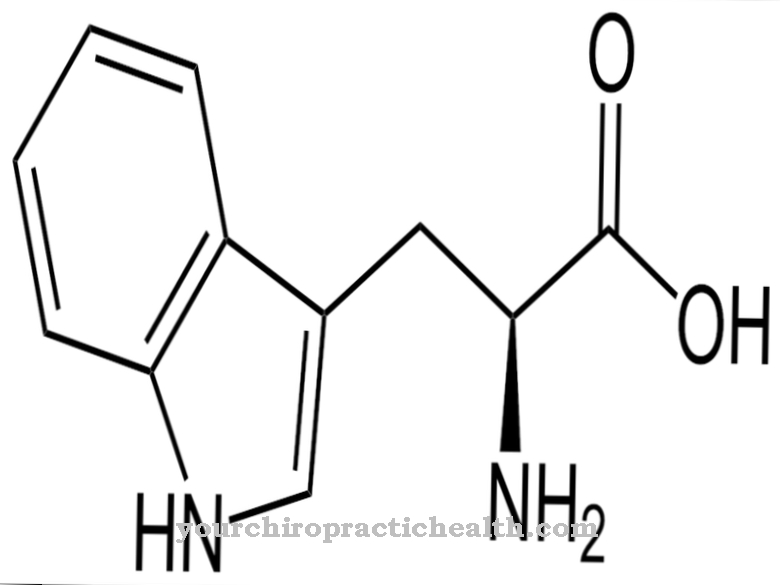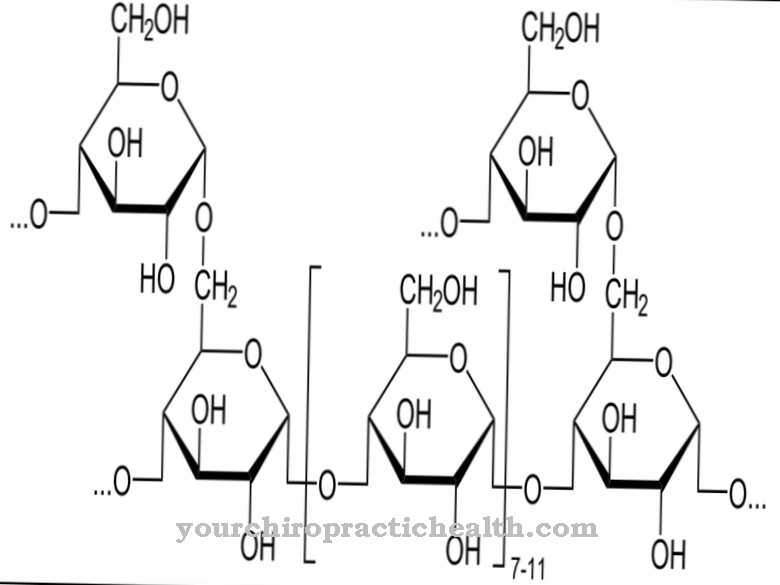Under the female cycle or Menstrual cycle is understood to be the woman's monthly menstrual period. Its length averages 28 days.
What is the female cycle?

The female cycle is also known by the names menstruation, ovarian cycle, period, menstrual cycle or menstrual bleeding. It takes place every three to four weeks in women between the ages of 12 and 50. Its features include bleeding from the uterus (uterus).
During the cycle, the lining of the uterus builds up. If the egg cell fails to be fertilized, the mucous membrane is shed. The cause of the female cycle is an interplay of different sex hormones. These are the corpus luteum hormone (progesterone), estrogens and messenger substances that develop their effect in the brain, such as luteinizing hormone (LH), follicle-stimulating hormone (FSH) and gonadoliberin (GnRH).
The menstrual cycle can be divided into three different phases. The first phase lasts from day 1 to day 4 and is known as the menstrual or rejection phase. During this actual period, the body sheds the uppermost layer of the uterine lining, which is noticeable through bleeding.
The second phase between the 5th and the 15th day is the growth phase. During this period, the top layer of the uterine lining is rebuilt. The third and final phase is considered the segregation phase. Between the 16th and the 28th day, the lining of the uterus prepares to receive a fertilized egg. A slimy secretion is secreted from the uterine lining glands.
Function & task
The female cycle occurs because of the woman's ability to have children. The periodic change serves to create the best possible conditions for a possible pregnancy.
This is especially true for the structure of the uterine lining, because an egg cell nests in it after fertilization by male sperm cells. The body can only create these perfect conditions for a certain period of time. Failure to fertilize the egg results in the shedding of the top layer of the uterine lining. If a new egg cell then matures, the mucous membrane is again optimally built up to enable the cell to implant.
This constant cycle takes place between the first monthly bleeding and menopause, which heralds the end of the bleeding. Since the monthly cycle does not last the same period for every woman, its length can be between 25 and 35 days. While in one woman the menstrual cycle is only 26 days, in others it lasts 28 or even 31 days.
The ovaries (ovaries) of women play an important role in the female cycle. They are located on the right and left side of the uterus and reach a size of about three centimeters. The egg cells are expelled from the ovaries, which are attached before birth. Up to 400,000 egg cells can be found in the ovaries.
Each individual egg cell is surrounded by a follicle (follicle), which means that the egg cell can last for decades. If an egg cell is expelled from the ovary, it is referred to as follicle rupture or ovulation. However, the egg can be fertilized in a period of a few hours. If sexual intercourse takes place during this period, the man's sperm cells reach the fallopian tubes, which can result in fertilization.
However, if fertilization does not take place, the egg dies. Over a period of 14 days, the corpus luteum in the ovary recedes until it scars. At the same time, fewer hormones are produced.
Because the lining of the uterus is no longer stimulated to grow, it collapses. At the same time, bleeding begins, flushing the mucous membrane out of the woman's body.
You can find your medication here
➔ Medicines for menstrual crampsIllnesses & ailments
If there are disorders or complaints in the normal cycle, menstrual disorders or menstrual disorders are mentioned. Either the amount of menstrual bleeding or the time between menstruation changes.
Other possible menstrual disorders are intermenstrual bleeding or missed periods. In rare cases, diseases are also responsible for the menstrual disorders. If menstruation does not occur without a pregnancy, this is mostly due to organic or hormonal causes. In this case, a specialist should definitely be consulted.
The causes of menstrual cycle disorders are manifold. If the interval between two cycles lasts more than 35 days, doctors speak of oligomenorrhea, which is noticeable as short and weak bleeding. Oligomenorrhea is mostly triggered by excessive stress and strain. Sometimes ovarian cysts can also be the cause of a long cycle.
Another possible disease is polymenorrhea. The cycle lasts less than 21 days. One possible reason for this is lack of ovulation or ovulation too early. A shortened corpus luteum phase can also be considered as a trigger.
In addition to the menopause, various diseases can also be associated with the cycle disorders. These include a. polycystic ovarian syndrome (PCO syndrome), cervical cancer, menorrhagia or Turner syndrome.
If an organic disorder is the cause of the menstrual disorder, a specialist must be consulted. Depending on the underlying disease, the woman is given antibiotics (for bacterial inflammation) or hormone preparations.

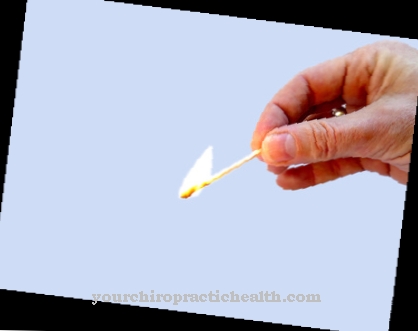



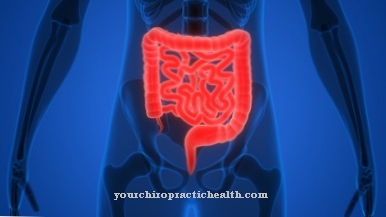





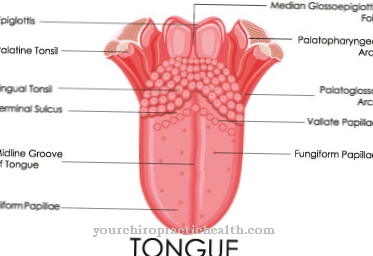
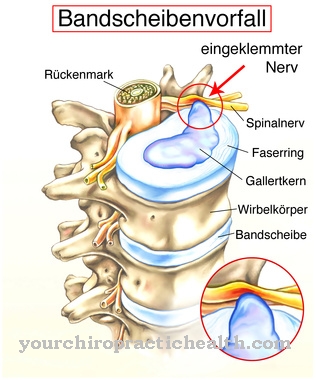






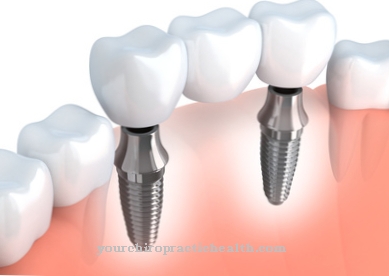
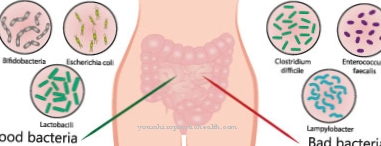
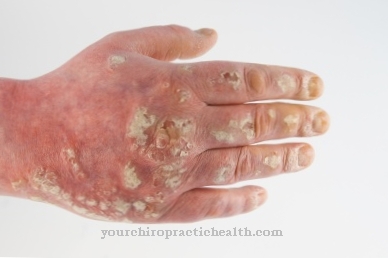

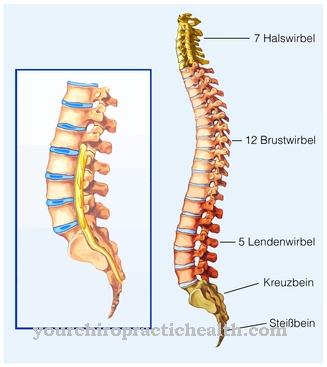
.jpg)
.jpg)

